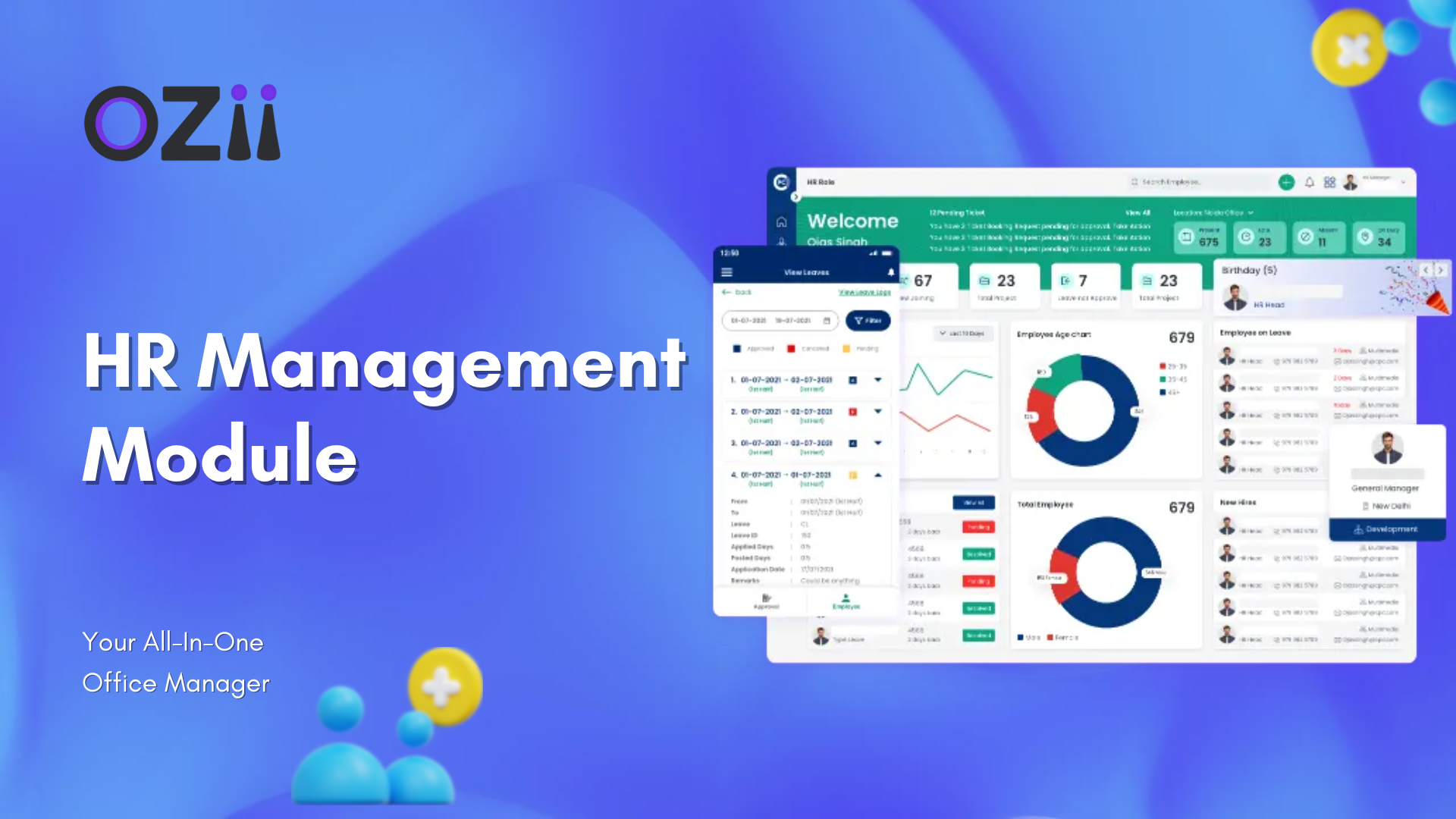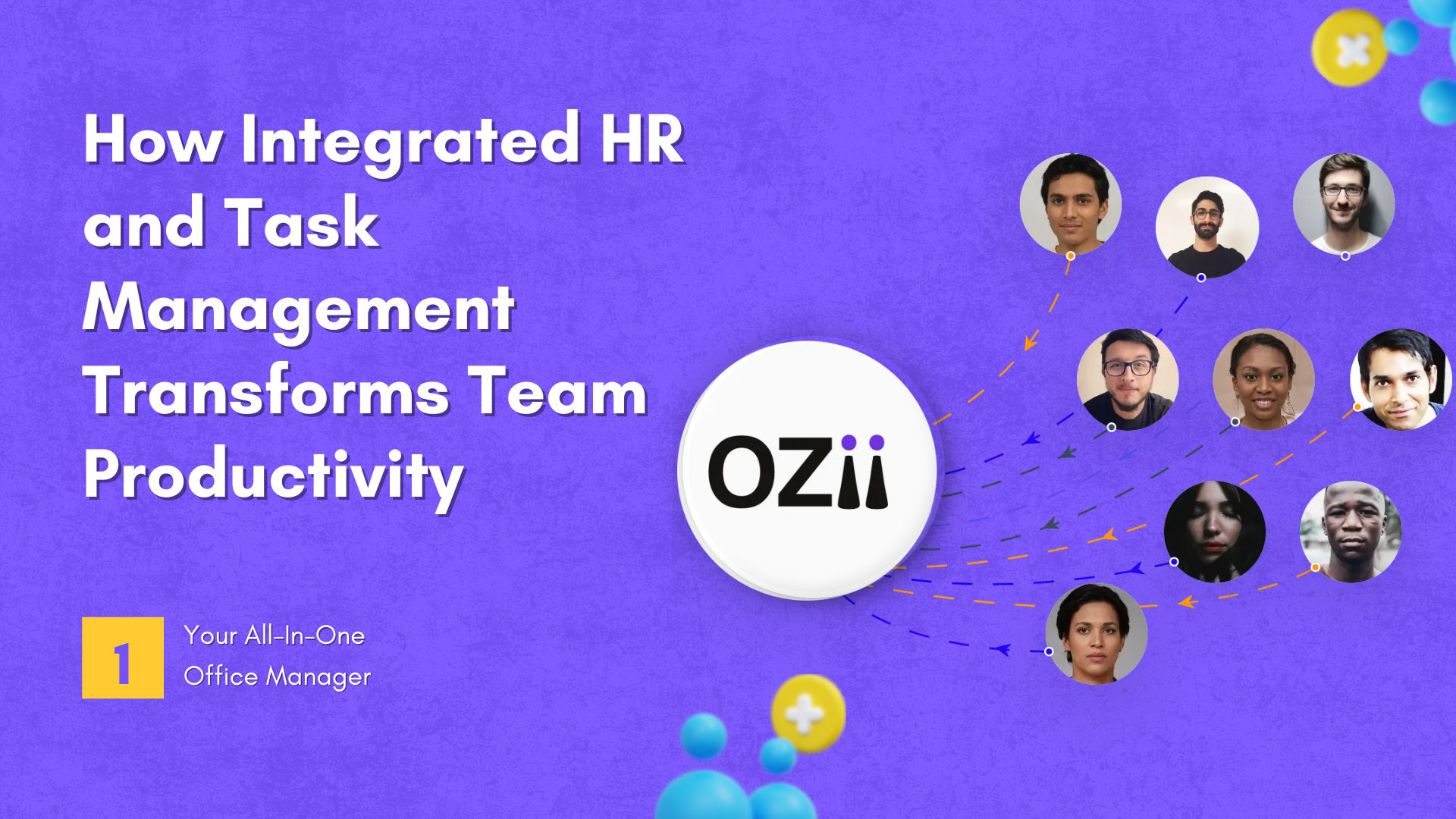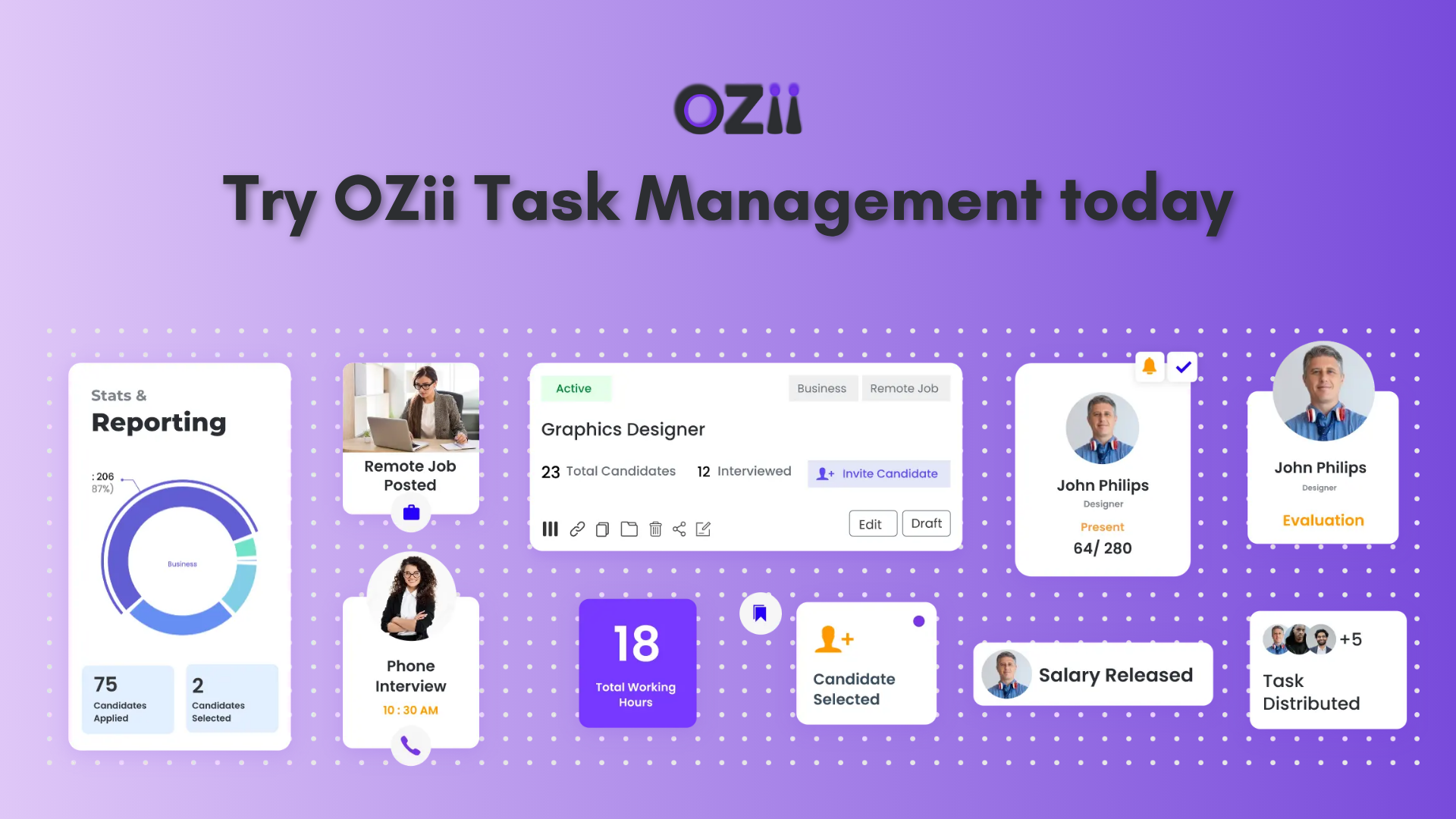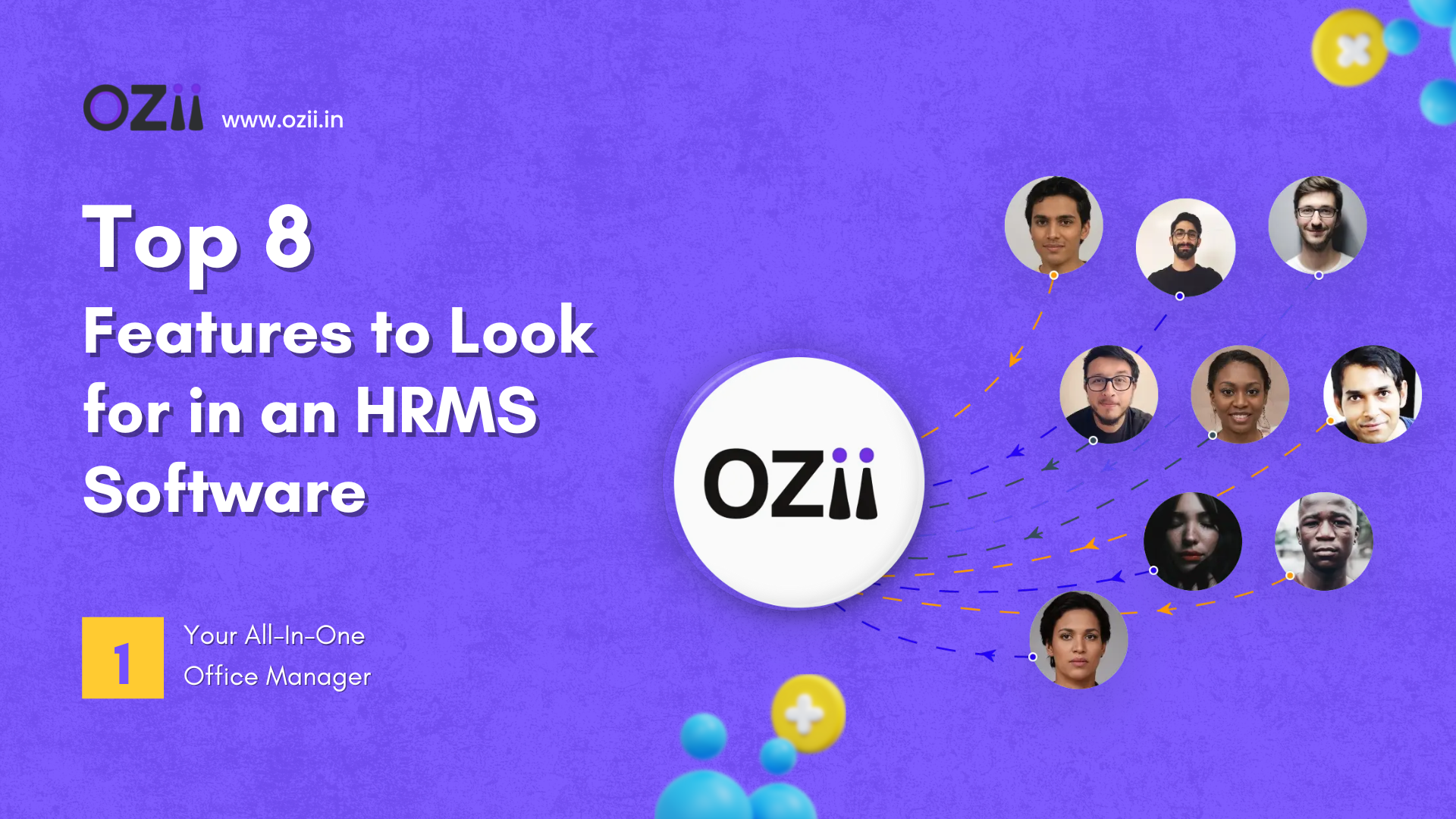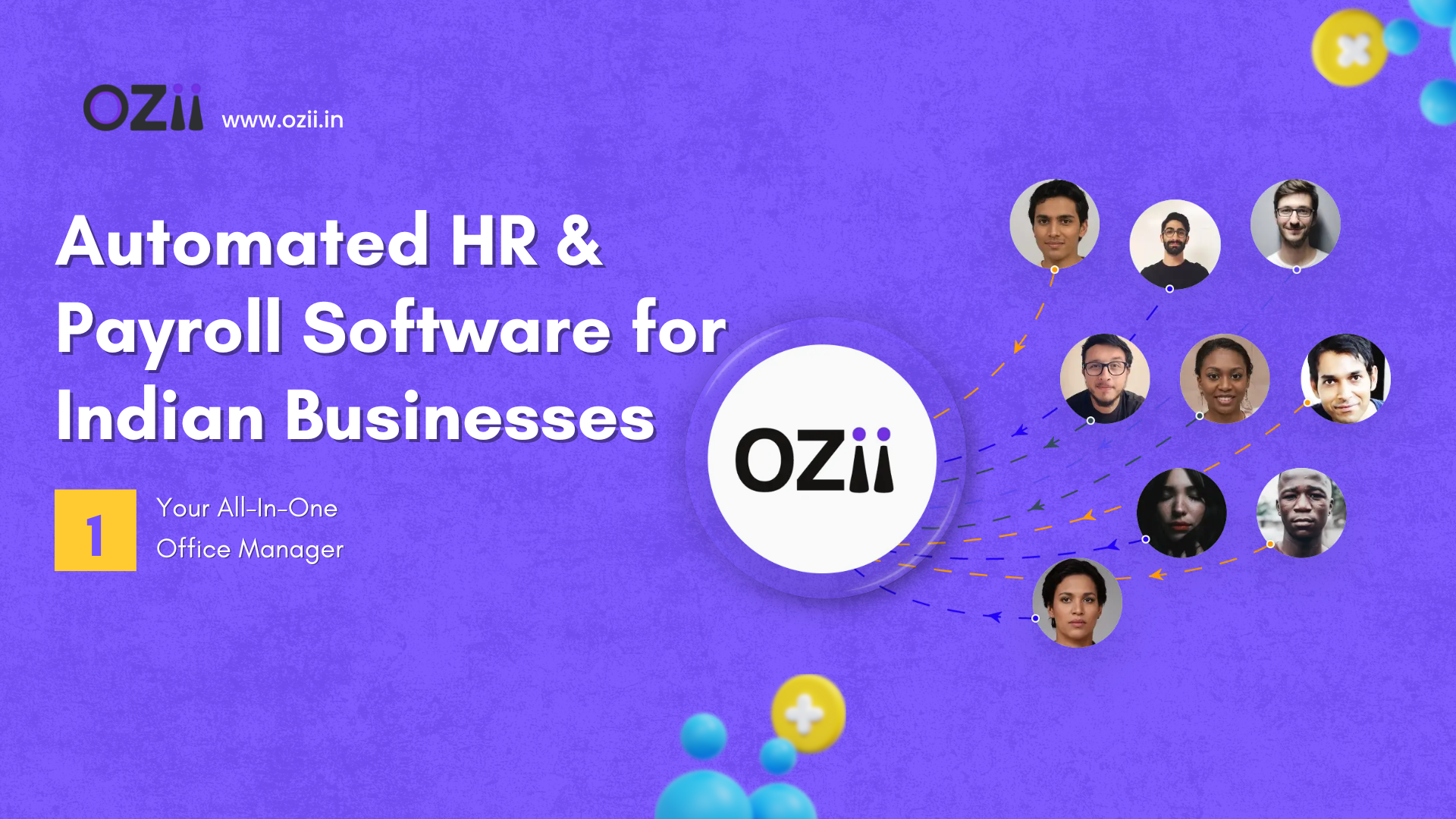
Sandwich Leave Policy Explained: What It Means, How It Works & Why It Matters
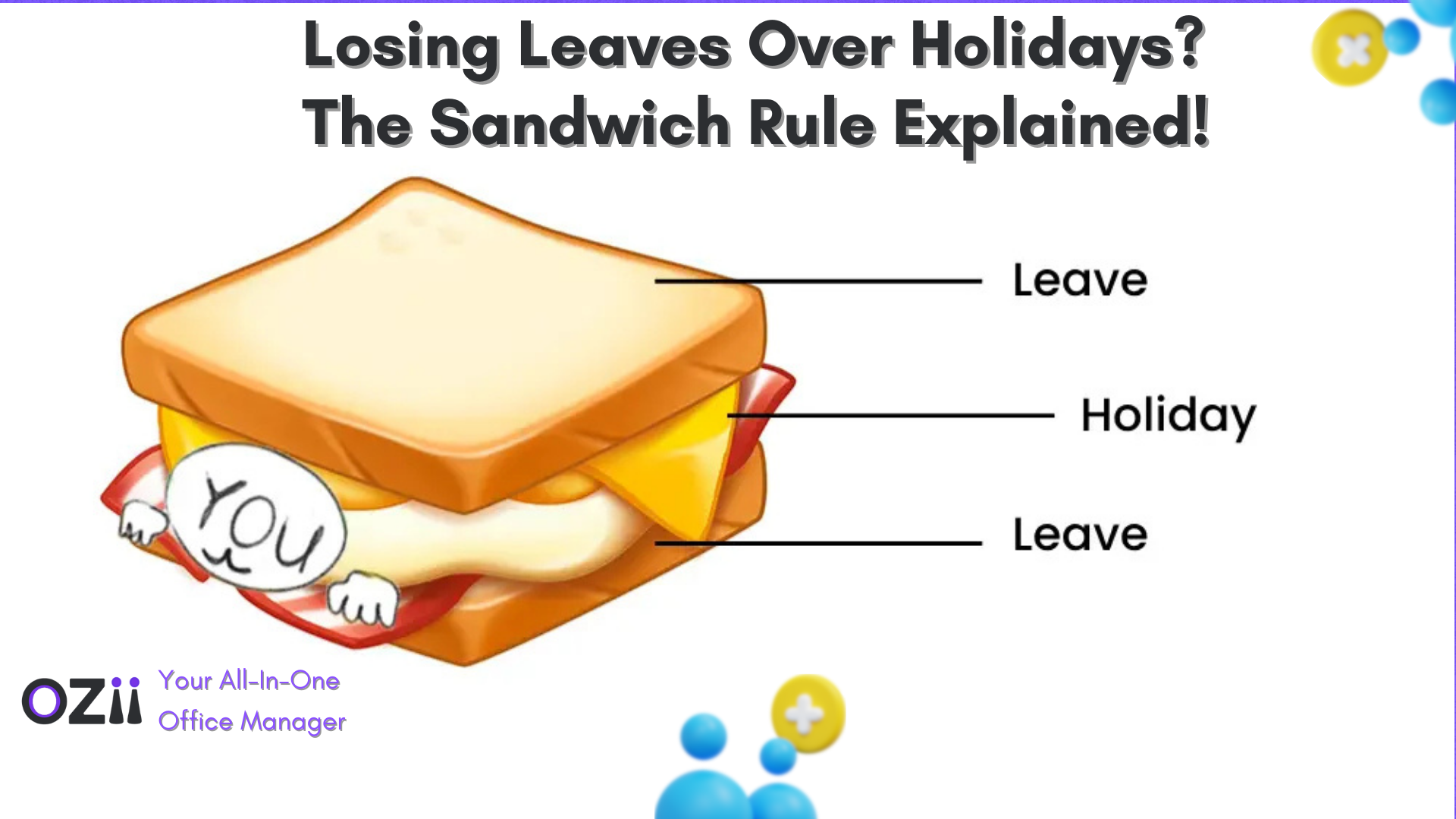
Ever had a public holiday fall awkwardly in the middle of the week—like on a Tuesday or Thursday—and thought, “If only I could take one extra day off and turn this into a long weekend”? Most of us have. But there’s a catch many employees overlook, and it’s called the sandwich leave policy.
While this policy is fairly common in many Indian companies, it’s also one of the most misunderstood. Let’s break it down in simple terms: what it means, how it works, and what it means for both employees and employers.
So, What Exactly Is a Sandwich Leave Policy?
A sandwich leave comes into play when a public holiday or weekend sits between two days of approved leave. And under this policy, those in-between non-working days—yes, even holidays—are also counted as leave.
Here’s an example:
Imagine there’s a public holiday on a Wednesday. If you apply for leave on Tuesday and Thursday, your company may count Tuesday, Wednesday, and Thursday as leave—yes, even the holiday.
That’s the "sandwich" in action: your leave slices (Tuesday and Thursday) wrap around the holiday (Wednesday), so the whole thing becomes one continuous block of leave.
How It Actually Works: The "Sandwich" Rule
In companies that follow a sandwich leave policy, it’s all about whether a holiday or weekend gets sandwiched between leave days. If yes, then that non-working day gets added to your total leave count.
So, even if you weren’t going to work on a Sunday or public holiday anyway, the system counts it as a leave day because it’s sitting between two days you’ve taken off.
Common Rules Behind Sandwich Leave
While companies have different ways of applying this policy, here are the typical rules you’ll find:
-
Non-Working Days Count: Weekends and public holidays that fall between two leave days are usually counted as leave.
-
Continuous Absence: The leave needs to form one continuous break—before and after the non-working days—for the rule to apply.
-
Type of Leave Matters: Casual leave (CL), Earned Leave (EL), or Privilege Leave (PL) might be treated differently. Some companies allow sandwiching only for planned long leaves (like EL or PL), while others apply it to all leave types.
Sandwich Leave Scenarios (Simplified)
|
Scenario |
What’s Going On |
Total Leave Deducted |
Sandwich Rule Applied? |
|
Leave on Mon & Fri, with a public holiday in between (Wednesday) |
You’ve sandwiched a holiday |
5 days (Mon to Fri) |
Yes |
|
Leave on Friday and Monday, with weekend in between |
You’ve sandwiched Sat-Sun |
4 days (Fri to Mon) |
Yes |
|
Leave only before a public holiday |
Just one day off before |
1 day |
No |
|
Leave only after a public holiday |
Just one day after |
1 day |
No |
|
Leave on Friday and following Tuesday, with weekend and Monday (holiday) in between |
Full sandwich! |
5 days |
Yes |
|
Public holiday in the middle, no leave taken |
You’re just enjoying the holiday |
0 days |
No |
Is the Sandwich Leave Policy Good or Bad?
For Employees:
-
Feels like you’re losing leave for days you wouldn’t work anyway (like weekends or holidays).
-
It can discourage long breaks, especially when people genuinely need time off.
-
Some see it as a bit unfair, especially when it eats into planned leave for personal reasons.
For Employers:
-
It helps reduce absenteeism around holidays, making sure people don’t stretch holidays without enough leave.
-
It makes leave tracking more consistent.
-
It prevents the system from being misused—like someone turning a one-day leave into a five-day break using public holidays.
In short, it’s a balancing act between keeping teams available and being fair to individual employees.
Other Key Leave Rules Worth Knowing
If you're reviewing your company’s leave policy, here are some other standard rules companies follow:
-
Types of Leave: Casual (CL), Earned/Privilege (EL/PL), Sick (SL), Maternity/Paternity, Bereavement, etc.
-
Accrual: Some leaves accrue monthly; others might be credited yearly.
-
Notice Period: Planned leave often needs to be requested in advance.
-
Carry-Forward & Encashment: Not all leave expires—some can be carried forward or cashed out.
-
Leave Without Pay (LWP): Usually applied when you don’t have enough balance.
And yes—Sundays do count under sandwich rules if they fall between two leave days.
Is Sandwich Leave Policy Legal in India?
Yes, it is. There's no specific law in India that bans sandwich leave policies. Companies are free to define their leave rules, as long as they meet the minimum standards under labor laws (like the Factories Act, Shops & Establishments Acts, etc.).
The key is transparency. If your policy is clear, shared with employees, and doesn't violate labor laws, it’s perfectly legal.
Does the Name “Sandwich Leave” Ever Change?
You might hear a few different terms depending on the company or industry:
-
“Sandwich PTO” – in places using Paid Time Off systems
-
“Sandwich holiday system” – a broader way to describe the same idea
-
“Roster Leave” – often used for shift-based workers, but not the same thing
But in most Indian companies, “Sandwich Leave” is the go-to term.
Why Do Businesses Use This Policy?
Let’s be fair—it’s not just to annoy employees.
Here’s why many companies adopt it:
-
Reduces unplanned absenteeism around public holidays
-
Helps maintain workflow continuity during long weekends
-
Encourages more transparent and fair use of leave
-
Simplifies resource planning and leave tracking
When applied correctly, it benefits the business without taking away the rights of employees—especially when leave policies are well-communicated.
How to Implement a Sandwich Leave Policy in Your Company
Thinking of adding or updating a sandwich leave rule? Here's a simple roadmap:
-
Draft a Clear Policy
Define exactly when the rule applies, what leave types it covers, and give easy-to-understand examples. -
Communicate It Well
Share the policy through emails, the HR portal, onboarding sessions, and team meetings. Make sure everyone understands it. -
Automate It with HR Software
Tools like OZii HRMS can be set up to apply the sandwich rule automatically during leave processing. That means no confusion, no manual calculation, and no disputes.
The sandwich leave policy isn’t about being strict—it’s about being consistent. When clearly communicated and fairly applied, it helps both sides: employees know what to expect, and employers can manage leave without surprises.
Yes, it might mean parting with a few extra leave days when you’re planning a long break—but it also ensures fairness and business continuity for everyone.
So, whether you’re planning your next holiday or reviewing your company’s leave policy, it’s good to understand the sandwich rule—and how it fits into the bigger picture of leave management.
HR task automationleave management

